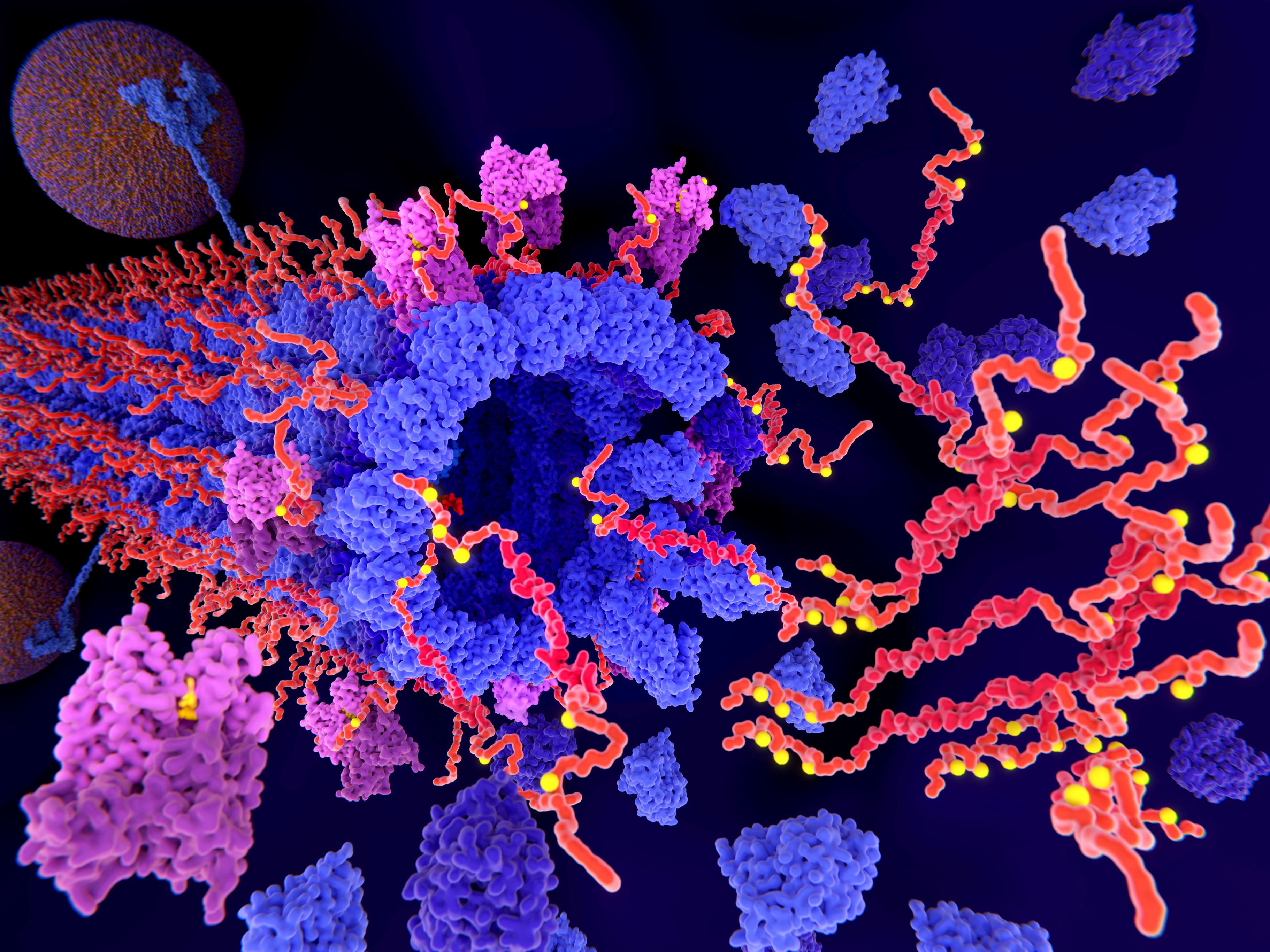by Buck Institute
May 11, 2023 . BLOG
Working on a work-around to repair some of the memory damage from Alzheimer’s
 What if there was a way to repair some of the memory damage that occurs during Alzheimer’s disease, without having to fix all the problems that are occurring during that process. Buck Assistant Professor Tara Tracy, PhD, thinks she might have a way.
What if there was a way to repair some of the memory damage that occurs during Alzheimer’s disease, without having to fix all the problems that are occurring during that process. Buck Assistant Professor Tara Tracy, PhD, thinks she might have a way.
“Most current research looking for treatments on Alzheimer’s disease has been focused on reducing the toxic proteins that build up in the brain as the disease progresses,” says Tracy. Specifically, a protein called tau accumulates in the brain and becomes toxic to neurons in Alzheimer’s disease. “We think that synapse function can be repaired without actually fixing that problem,” she says. The tau protein accumulation would remain, but synapses could return to functioning and the memory process could work again.
The basis of Tracy’s concept is that the synapses, which are involved in the transmission of information between neurons, deteriorate during the progression of Alzheimer’s disease. Research from her lab has uncovered a potential way to repair damaged synapses in Alzheimer’s disease, using a protein called KIBRA, found in the kidney and brain.
Others have shown that KIBRA is required for synapses to form memories, and Tracy’s team showed that lower levels are associated with dementia. They found that KIBRA located at the synapses of the brain is deficient in Alzheimer’s disease (in addition to buildup of toxic tau protein).
Since KIBRA is critical for the process at synapses that allows memories to form, says Tracy, having less of it could explain cognitive impairment. Her team has been exploring how KIBRA affects the memory process at synapses in aged mice. They have found that adding back part of the KIBRA protein restores memory.
Could the solution be as simple as a supplement or an injection to fix memory problems? “In a sense, yes, that is the goal,” says Tracy. Of course, figuring out how to do so will take much more study. So far, she says, reintroducing KIBRA protein into neurons seems to enable damaged synapses to form memories again in mice. Her team is currently using human samples to understand how KIBRA levels affect memory during aging in humans.
Tracy’s team also has shown that people with Alzheimer’s disease have higher levels of KIBRA in their cerebrospinal fluid (CSF). “The cool thing is that this could be a biomarker,” she says. Checking for this in the CSF could potentially indicate synapse dysfunction associated with memory loss. It could show doctors who might benefit from any future KIBRA restoration therapy.
Another intriguing aspect of KIBRA is that it exists as genetic variants that are associated with differing risk levels for Alzheimer’s disease. The variants are also associated with diminished memory performance in people without cognitive dysfunction. If someone has the “bad” variant, Tracy wonders whether that is linked to the KIBRA protein expressed in the neurons. If so, it could turn out to be another indication of risk for cognitive decline.
Tracy is driven to find targeted therapeutics for Alzheimer’s disease. “Despite recent reports about new drugs for Alzheimer’s disease, there are no really effective treatments for the debilitating condition yet,” she says. Her team hopes to make that statement untrue in the near future. She imagines a person with cognitive decline being assessed by looking at their KIBRA genotype and levels of protein in their CSF to determine who might be a good candidate for a KIBRA therapeutic. The step from bench discovery to clinical application is, of course, an especially daunting one. Fortunately Tracy was the recipient of a generous grant from Michael Greve’s Forever Healthy Foundation which aims to advance early-stage research with high translational potential in order to speed up the transition from lab to product.
“We want to find KIBRA-specific treatment strategies that can prevent memory loss and support the healthy functioning of neurons during brain aging,” she says.

SHARE